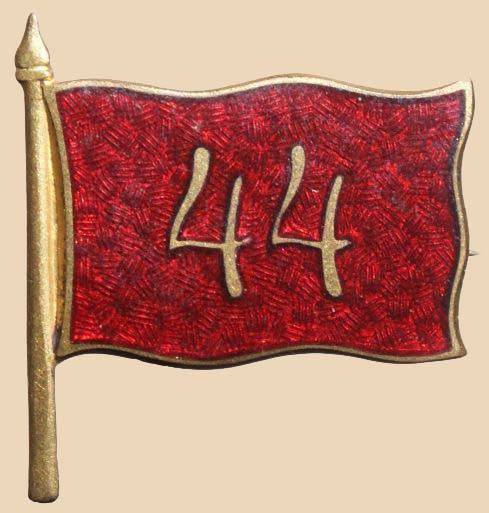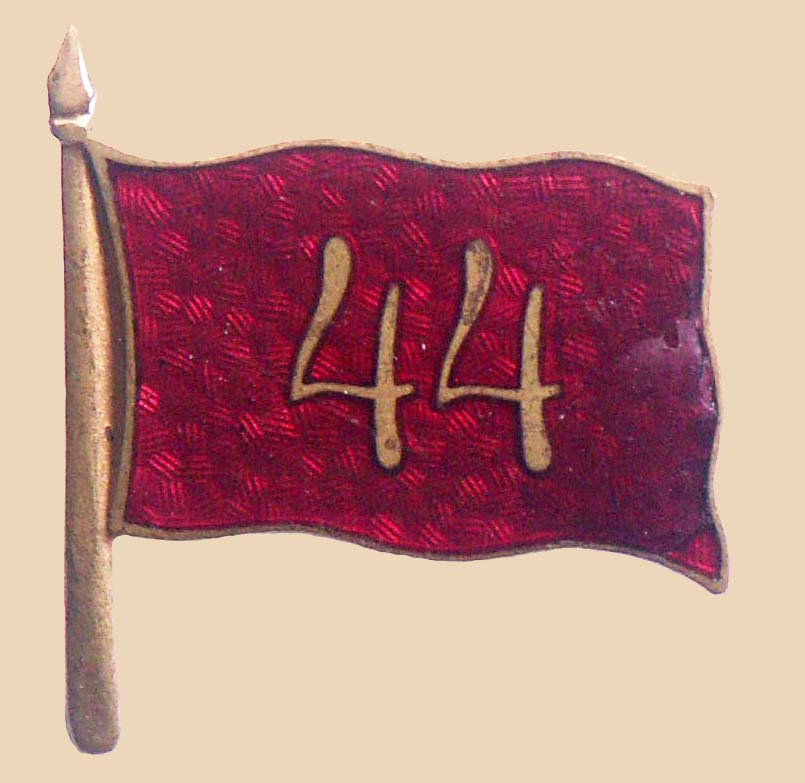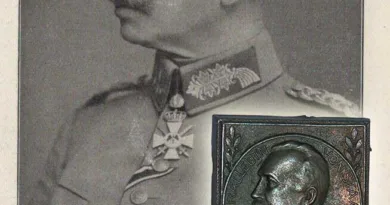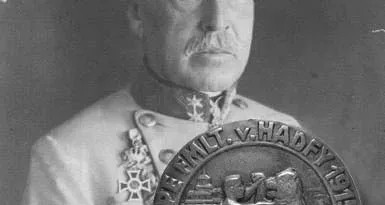Colonel Gyula Bauer
Colonel Bauer was an outstanding battlefield commander of the 44th “Damned Regiment”. He was born in 1862 in Tata to a Jewish family. After graduating from civic schools he continued his studies at the Budapest Cadet School between 1880-82, and then graduated from a regular officer school in Pozsony. From 1882 to 1907 he served in the 12th Infantry Regiment of Komárom. He was a major from 1910, when he was assigned to the 68th Infantry Regiment as a battalion commander. He was ordered to the 44th Infantry Regiment in 1914, which was associated with its name during the war. He first became deputy commander and then commander of the regiment during the Great War. He was promoted to colonel in 1915.
He was an excellent front soldier who enjoyed great popularity among the crew. He was wounded twice during his frequent inspections and visits to the front line. He led his soldiers with a hard hand, but fairly, which was reflected in serious battlefield results. In recognition of all this, the Iron Crown Order III. class was awarded to him. He also received nobility from the ruler. His noble name was the site of one of the regiment’s victorious battles, Krupiec. At the time of the military collapse of the Monarchy, he led the 62nd Brigade, with the 44th Regiment in it fully equipped, to take it home. It was an important recognition of his military achievements when Governor Miklós Horthy awarded him the title of Honorary Major General in 1921. He died in Budapest in 1940.


In addition to the badge forming the laurel bayonet, the portrait photograph depicting the colonel also shows the regiment’s flag badge visibly featuring the regiment number. This is relatively rare because the mirror-smooth enamel surface of the flag badge shows large-scale, disturbing light reflections in almost all cases, making it difficult to read the numbers. The interesting thing about the 44 flag badge is that the waving of the flag has the opposite rhythm as on most similar badges: the top right tip is directed upwards and not downwards. Yet, there is also a standard version…




